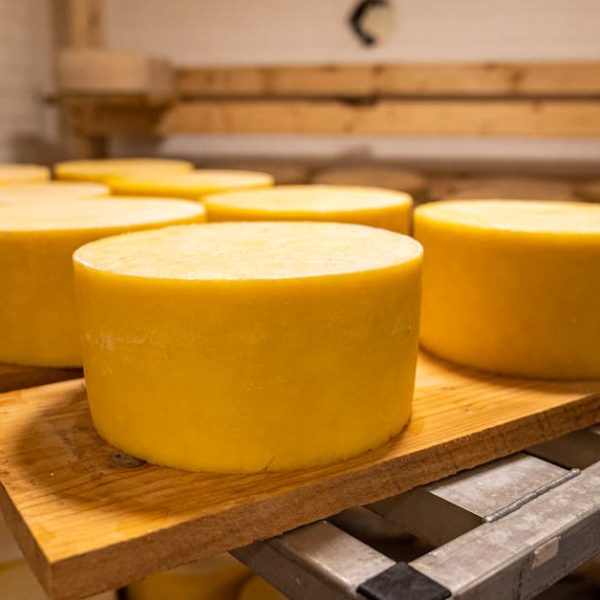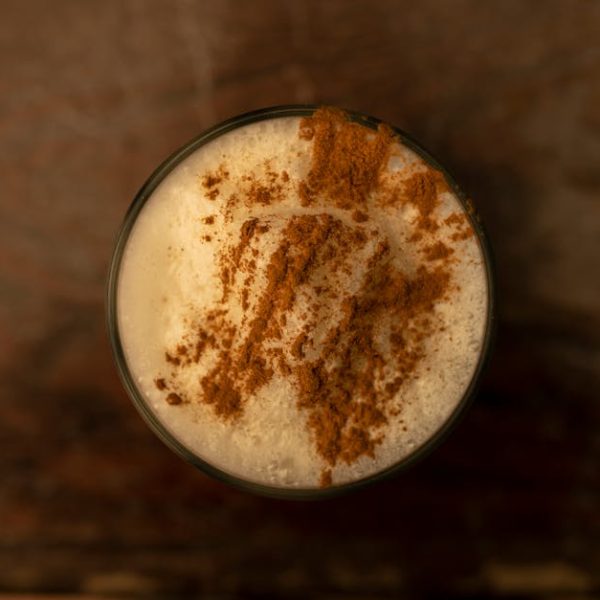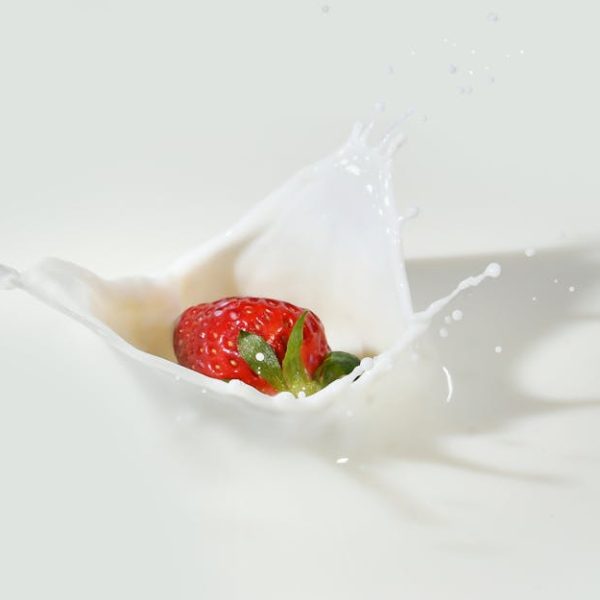We’ve all had the experience: you buy a carton of milk, only for it to go sour before you’ve had a chance to enjoy it. There’s nothing worse than opening your fridge for a refreshing gulp of milk and finding it unfit for consumption. So, how can you keep milk fresh and tasty for longer? Here are five genius methods to help you enjoy your milk to the last drop.
Fridge Temperature is Key
Milk spoils when the bacteria in it starts to reproduce rapidly. However, these microorganisms are no fans of the cold. Temperature controlled conditions within your refrigerator can drastically slow this bacterial growth, offering the first line of defense for fresher milk, longer. The optimal refrigerator temperature for keeping milk fresh is between 34-38°F. Any hotter, and you’re essentially giving bacteria a fertile breeding ground. Any colder, you risk freezing and damaging the milk.
Pro Tip:
Keep your milk on the refrigerator’s middle or bottom shelf, rather than the door. The stable temperature in these parts of your refrigerator provides better conditions for longer-lasting freshness.
Sealing Matters
Once exposed to air, milk’s freshness starts to decline. Oxygen fuels the growth of bacteria, leading to quicker spoilage. Ensuring the milk container is tightly sealed after each use is essential in maintaining freshness. From letting the container sit open to not screwing on the lid properly, seemingly insignificant mistakes can drastically reduce your milk’s shelf life.
Checklist:
- Always close the lid tightly after pouring.
- Don’t leave the container open or unrefrigerated for extended periods.
- Avoid touching the inside of the cap or container, as this can introduce bacteria.
Consider Pasteurized Vs. Raw Milk
The kind of milk you buy also impacts its longevity. Pasteurized milk undergoes a heat treatment that kills harmful bacteria, extending its shelf life. Raw milk, on the other hand, doesn’t go through this process, which means it’s more prone to bacterial growth and could spoil sooner.
Comparison:
| Pasteurized Milk | Raw Milk | |
|---|---|---|
| Shelf Life | Longer due to pasteurization process | Shorter, as it’s more prone to bacteria |
| Taste | Moderate, slightly altered by the heat treatment | Rich and full-bodied, but may vary due to diet of the cow |
Knowing your milk and its characteristics plays a crucial role in keeping it fresh and flavorful.
Storing Milk in Glass Containers
When it comes to preserving the freshness of milk, the container matters as much as its contents. Glass containers have an advantage over their plastic counterparts. They can be thoroughly sterilized, leaving no room for bacteria to thrive. Also, glass doesn’t react with the milk, preserving its taste and quality.
Best practices:
- Clean the glass container thoroughly before pouring in the milk.
- Ensure the container is fully dry, as dampness could breed bacteria.
- Cool the container before filling it with milk to prevent sudden temperature change.
- Use airtight lids to prevent air entry and seal the freshness.
Utilize Milk Processing Techniques
Last but not least, certain milk processing techniques can help extend the freshness and enhance the taste of your milk. Boiling your milk can kill bacteria, while skimming removes excess fat, which can harbor bacteria leading to spoilage. Remember, these steps don’t compromise the nutritional contents or taste and can actually add to the longevity of your milk.
Pro Tip:
As soon as you get your milk, consider boiling and skimming it before storing it in the fridge. Use a clean, dry, and cool glass container to store it. Employ these steps especially if you’ve bought raw milk, as it significantly reduces bacterial growth, thus prolonging the freshness of your milk.
By implementing these five methods, you can ensure your milk stays fresh, nutritious, and yummy for longer. So, bid adieu to sour milk surprises and embrace these genius tips for a delightful and healthy milk experience every time.
Key Takeaway:
- The temperature of your refrigerator plays a significant role in slowing down bacterial growth in milk. Aim to maintain a temperature between 34-38°F.
- Always ensure milk containers are tightly sealed as exposure to air can hasten milk spoilage.
- Be mindful of the pros and cons that come with choosing either pasteurized or raw milk. Pasteurized milk generally lasts longer, while raw milk may taste richer but is prone to quicker bacterial growth.
- Using glass containers for storing milk can help retain its freshness due to the sterile characteristic of glass.
- Applying milk processing techniques, such as boiling and skimming, can extend the freshness and enhance the taste of your milk.
Keep these tips in mind the next time you buy milk and worry no more about wastage. Even better, experiment with these methods and discover the best one that fits into your routine. This way, you can always enjoy fresh milk with your favorite cereals, coffee, or simply on its own.
FAQs
Q: Are there specific types of milk that naturally last longer?
A: Milk variety, like ultra-pasteurized or UHT milk, generally have longer shelf lives due to their processing methods.
Q: Does the type of feed given to cows affect the shelf life of milk?
A: The kind of feed given to cows mainly affects the milk flavor and nutrient content, not its shelf life.
Q: Can I use other containers aside from glass to store milk?
A: Absolutely. Though glass is preferred for its sterile nature, you can also use sanitised, airtight plastic or stainless steel containers.
Q: Does boiling milk kill all nutritional value?
A: While boiling milk does reduce some of its nutrients, most of its nutritional value is retained. Bear in mind not to boil it excessively.
Q: Is raw milk safer to drink if boiled and skimmed?
A: Yes, processing raw milk through boiling and skimming reduces bacterial growth, making it safer for consumption.
Encourage your network to make the most out of their milk purchase by sharing this article! Feel free to explore more practical tips and interesting reads on our website.






